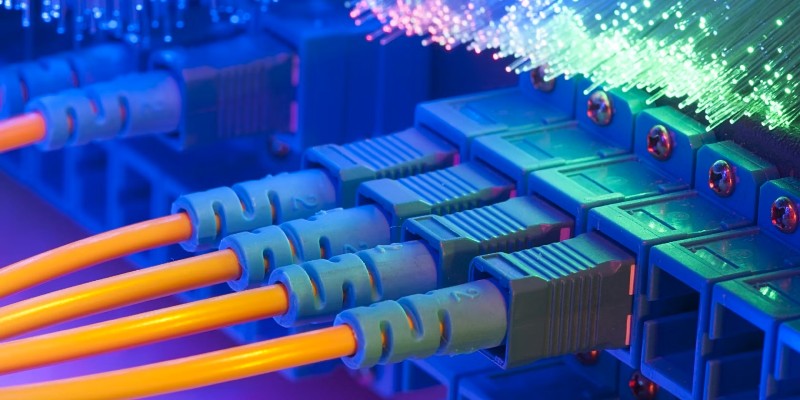There are two main types of fibre optic internet: Fibre to the Premises (FTTP) and Fibre to the Curb (FTTC). So what’s the difference?
FTTP stands for “Fibre to the Premises.” This is the highest quality connection, which provides you with a direct line from your home to the main provider’s office. FTTP can be installed in areas that are not fully developed, but it requires more work on behalf of both the provider and homeowner.
FTTC stands for “Fibre to the Curb.” This is a step down from FTTP, as it only provides fibre directly to a street corner or box on your street. From there, wires are run through existing telephone poles or underground conduits to reach each home or business that needs service. FTTC is less expensive than FTTP because it doesn’t require new construction, but it does have some limitations compared to its higher-quality counterpart.
The main difference between FTTP and FTTC is the method used to connect homes or businesses. In FTTP, a single strand of optical fibre is connected directly to each subscriber’s home or business through a network termination device located inside their home or office. In FTTC, multiple strands of optical fibre are connected to a distribution node at the curb or outside the building where it’s shared with other homes or businesses on its street or block before being connected individually into each subscriber’s home or office.
FTTP is more expensive than FTTC because it requires more labour and equipment during installation. The additional expense is due mainly because it takes more time to install individual strands of fibre optics into each home or business versus installing just one strand of fibre optic cable directly into each home as is done with FTTC. The extra cost also includes running new lines from telephone poles and utility poles down streets.
FTTP uses fibre optic cables to connect to a home, which offers high speeds and low latency. A single strand of optical fibre can carry data at speeds up to 10 gigabits per second (Gbps), which is 100 times faster than the average connection speed in the United States. FTTC works similarly, but it uses existing copper telephone lines to deliver the internet signal from the street cabinet to your home or business. This method is significantly less expensive than FTTP because it works over existing infrastructure that doesn’t require new construction or digging up streets and sidewalks. However, because it requires more equipment at both ends of the line, it also offers slightly slower speeds than FTTP connections.
The most obvious difference between FTTC and FTTP is speed. The Federal Communications Commission defines broadband as any connection capable of delivering download speeds of 25 Mbps or greater and upload speeds of 3 Mbps or greater — but that doesn’t mean you’ll get those speeds every time you use your connection., depending on how much traffic there is on your ISP.







